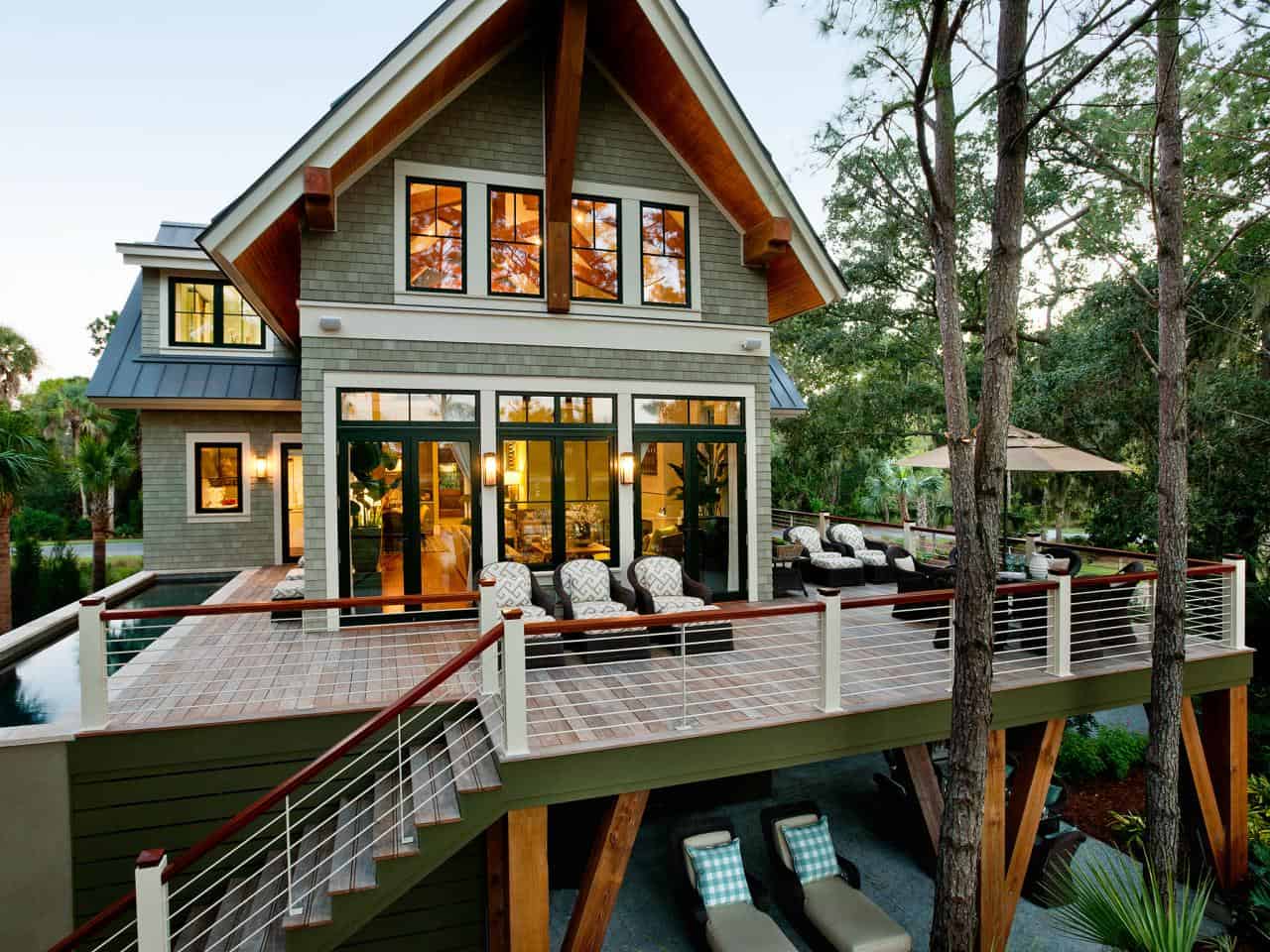
In 2008 author and architect Sarah Susanka published The Not So Big House: A Blueprint for the Way We Really Live and this year her follow up Not So Big Remodeling: Tailoring Your Home for the Way You Really Live has been met with raves. It seems she was prescient to the backlash against McMansions and now the nation is ready to accept what she’s known all along, living in over-built homes doesn’t make sense.
Susanka will be delivering the keynote speech at this years NAHB remodeling show in Baltimore and she offered us permission to share some of her favorite green remodeling tips from Not So Big Remodeling.
The Not So Big definition of “green” refers not only to the sustainability, energy efficiency and durability of a house, but also to its innate beauty and the appropriateness of its size. A house that is right-sized for its inhabitants, beautifully designed and crafted is not only performing its current function efficiently, but is more likely to be well cared for by its residents for many decades to come. If a house is not beautiful, it is not truly sustainable, no matter how many green features it sports.
1. One is Better Than None – When undergoing a remodeling project, include as many green upgrades as the budget allows. If the prospect of many upgrades seems overwhelming, just pick one and do it well. Every improvement makes a difference to the long-term sustainability of the structure. One small step at a time can collectively upgrade the existing housing stock. Changing the furnace filters once a month is an extremely simple upgrade that everyone can do that will improve the efficiency of the whole heating and cooling system.
2. Waste Not, Want Not – Reuse as many of the original components from the existing house as is reasonable. Responsibly recycle items that cannot be reused. There are often interesting ways to repurpose materials, such as reusing wall studs to extend the eaves, or grinding up old stucco for the driveway base.
3. Mind Your Materials – Choose paints and varnishes that are free of harmful VOCs (Volatile Organic Compounds) and formaldehyde. Look for engineered wood products and FSC-certified woods (Forestry Stewardship Council), as well as carpet made from natural fibers such as wool.
4. Give Your House a Check Up – Obtain an energy audit from a home energy expert to identify problem areas and streamline the process of improving a home’s energy efficiency within the specified budget. This strategy alone can save homeowners hundreds of dollars a year.
5. Seal Leaks – Have the existing heating and cooling system checked out by an HVAC (heating, ventilation and air conditioning) contractor. Seal major air leaks identified by the energy audit, replace defective or substandard ductwork and seal all ductwork in unconditioned spaces.
6. Improve Efficiency – Increase efficiency and lower energy bills by choosing efficient HVAC equipment and using double or triple-paned windows with a coating known as “low e.” Select appliances that are EnergyStar rated and install low-flow, dual flush toilets that flush once for liquids and twice for solid waste.
7. Increase Insulation – Consider increasing the level of insulation in the house if it is below standard. Attics and crawl spaces are common culprits. There are many insulation options to choose from today, such as sprayed-in, closed-cell, no-VOC foam insulations, that can achieve a high R-value even in a fairly small stud or rafter cavity.
8. Use the Roof – Extend the roof overhangs to protect the exterior from weather and shade the house from the high summer sun. If there is an area of roof with largely unobstructed, south-facing access to sunlight, consider installing a solar hot water system or adding a photovoltaic array.




No Comments